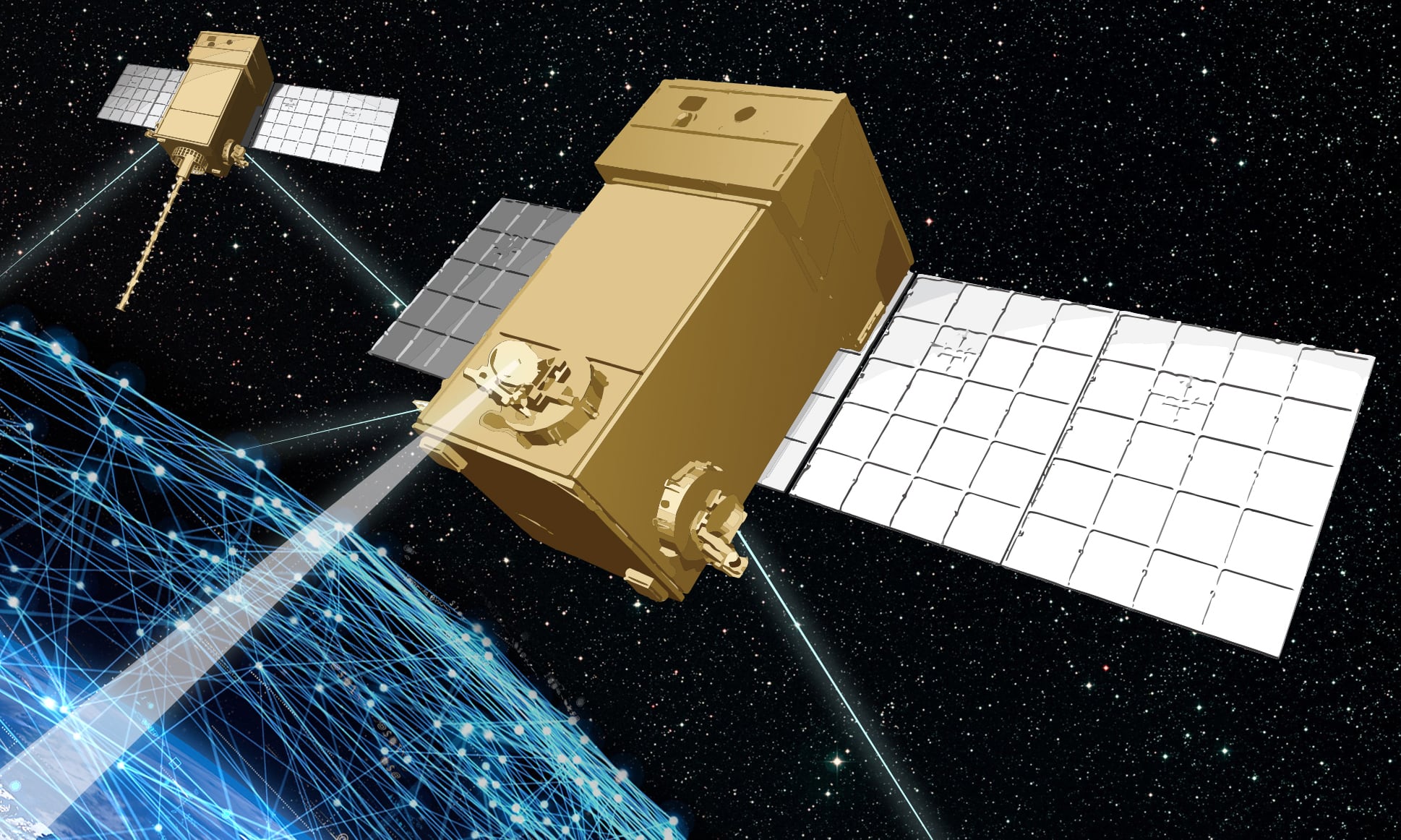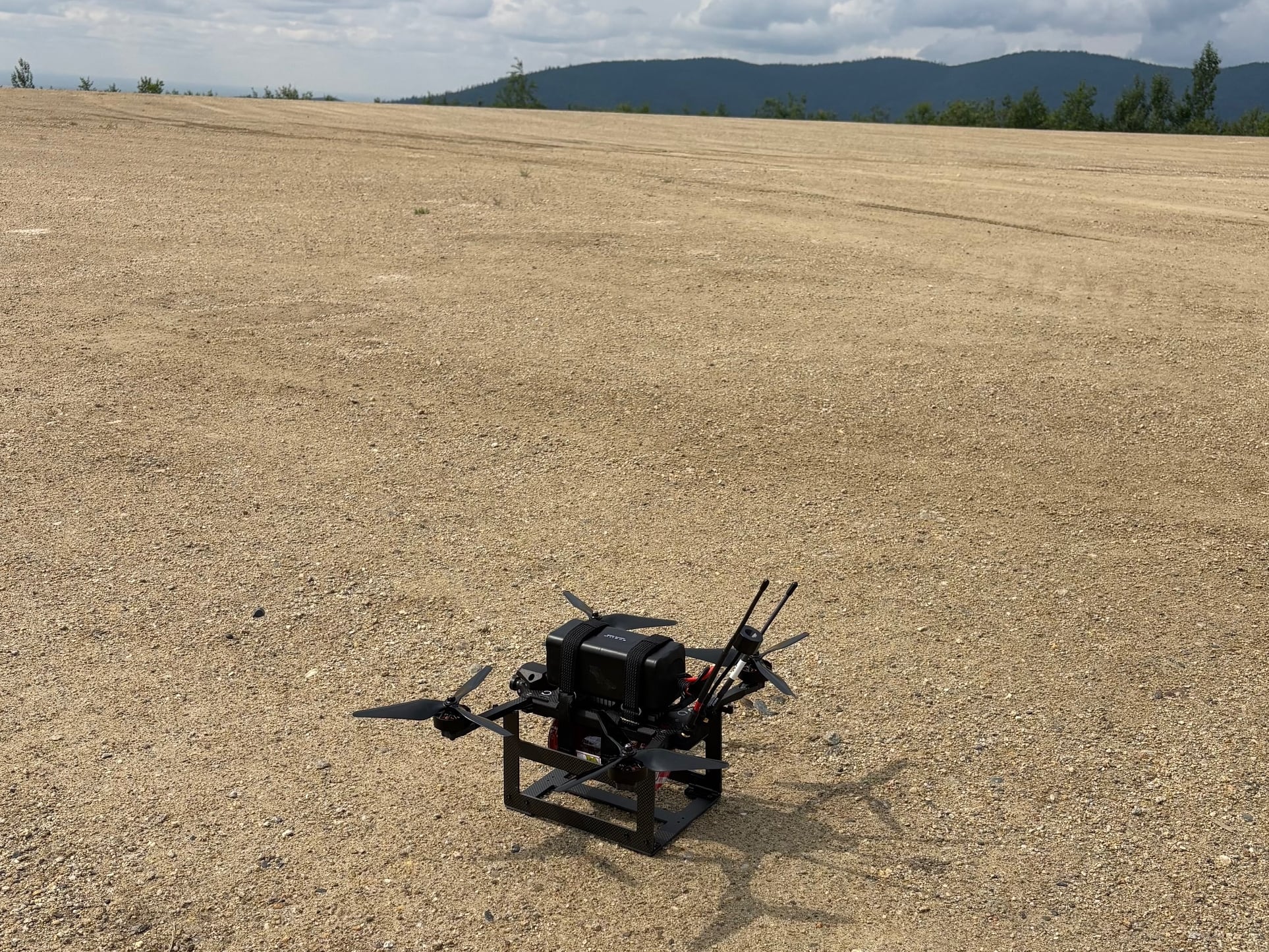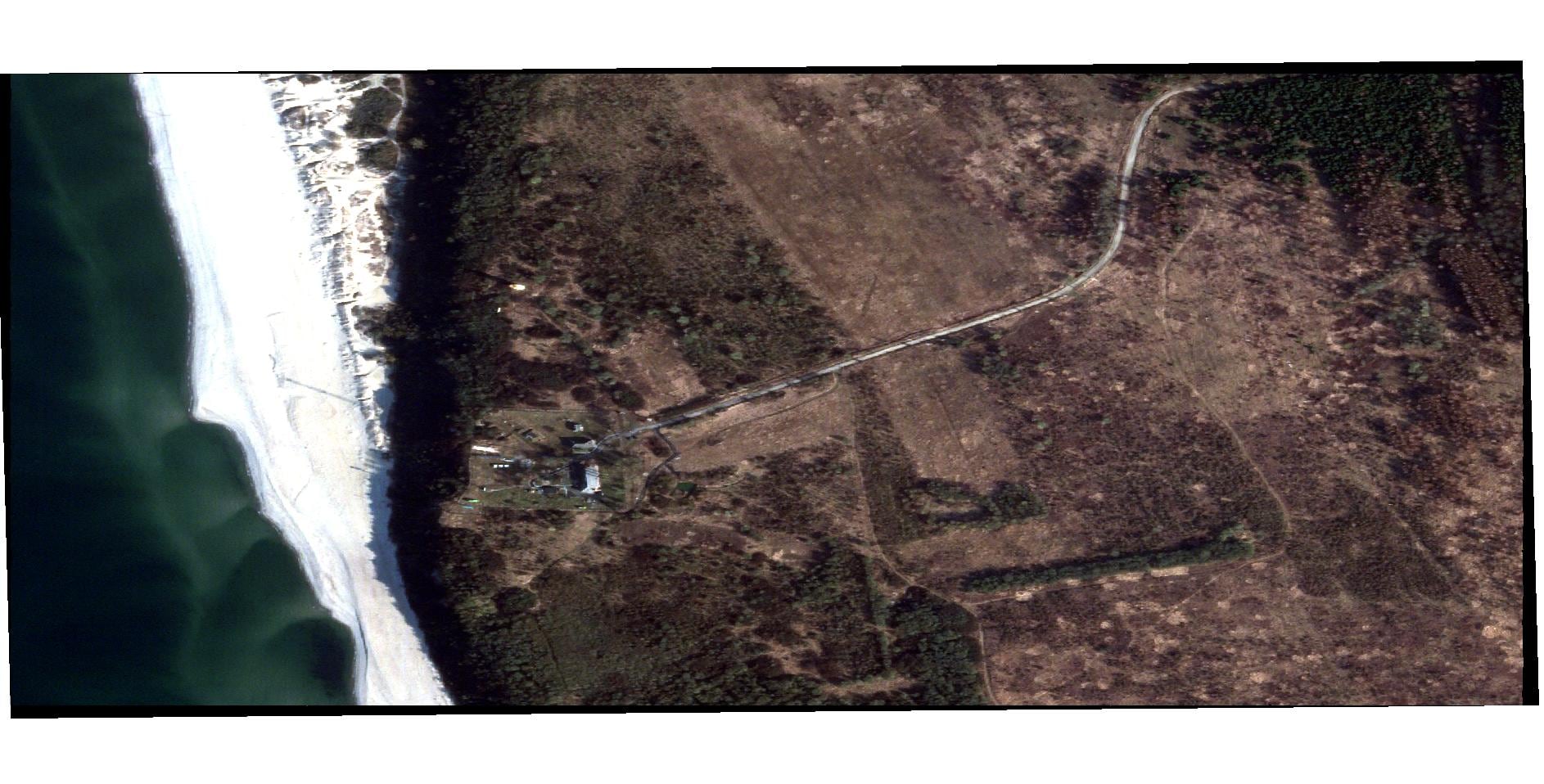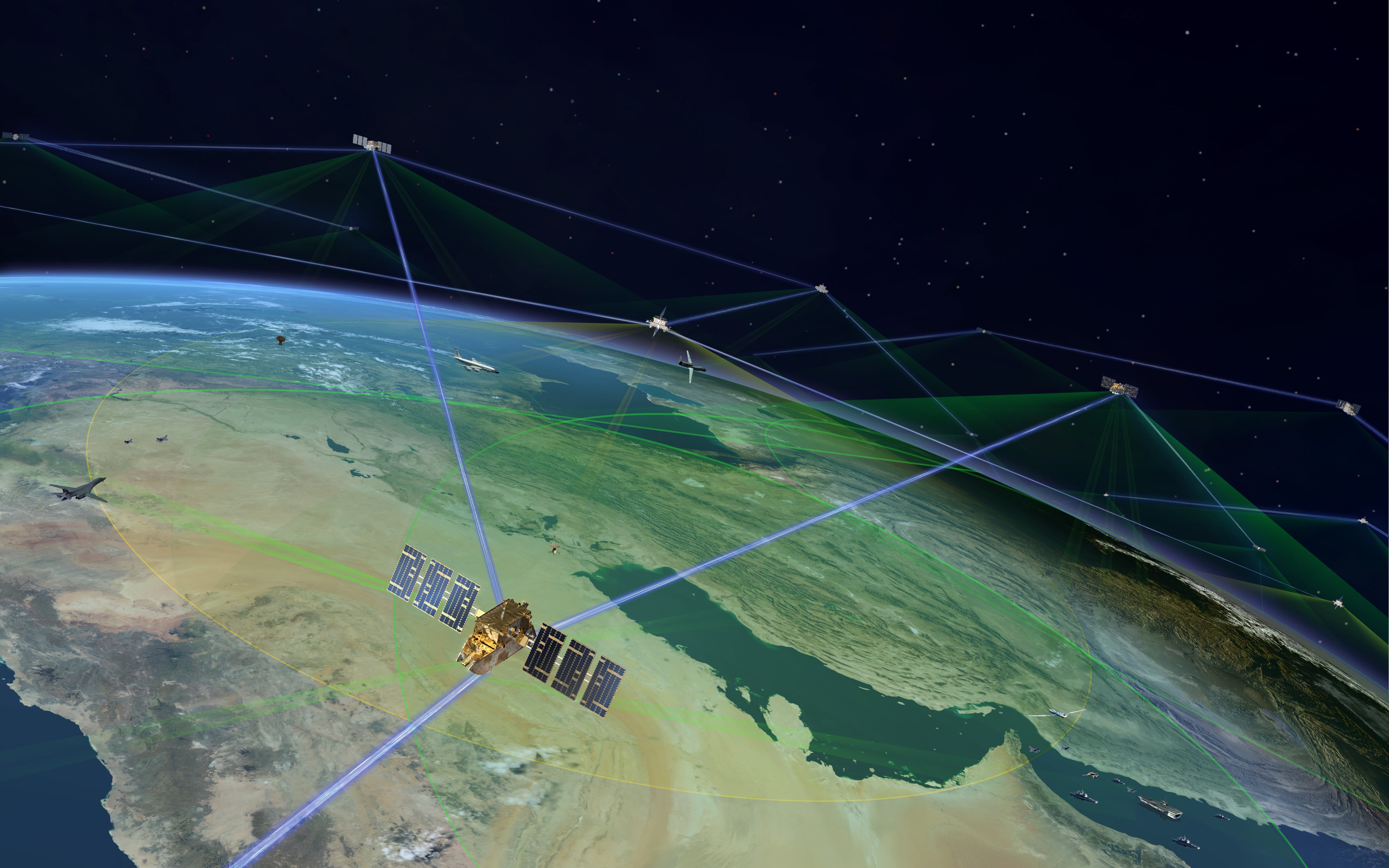Communications-on-the-move (COTM) applications for terrestrial, airborne and rotary wing platforms is a key growth area for the U.S. military. Until now, a unique problem has existed when attempting to use satellite communications systems on rotary platforms. The basic rotation of the blades caused a continuous interruption of the signal that rendersing the transmission ineffective. The standard satcom technology could not solve this problem due to large component volume and weight restrictions. Recently developed technology is poised to solve the issue through lightweight, small volume, state-of-the-art components and waveforms.
Today, satellite systems are widely used on fixed wing aircraft, both manned and unmanned, by using a tracking antenna installed on the top of the fuselage. Such capabilities typically employ very high data rates by using large antenna and high transmit power. A similar use of tracking antenna on a rotor wing aircraft is complicated by both the presence of rotors that block the communication or signal path multiple times a second and the limited real estate on these platforms. Besides inflicting significant transmission errors, each such blockage can potentially lead to reacquisition and synchronization delays and further reduce effective data rates. Because of these technical hurdles, satellite communication, especially for higher data rate requirements, has been elusive for rotor wing aircraft.
Advancements in waveform and coding techniques that allow for very fast processing are now producing data rates ranging from 1-20 Mbps for beyond line of site (BLoS) satcomsatellite communication on rotary wing platforms, depending on the customer’s requirements. These systems operate at L-band for lower data rates and at Ku or Ka band for higher data rates. Each set of user requirements that range from 1 Mbps toward much higher rates of 20 Mbps or more, is unique. Hardware solutions with different size, weight and power (SWaP) are the best answer to solve these user challenges while keeping the waveform and coding consistent from platform to platform.
Most of today’s communications systems rely on line-of-sight (LoS) microwave systems. These systems struggle to transmit critical data long distances when microwave towers are not available or when operations are over water or rugged terrain. Advancements in BLoS waveform and coding techniques can be applied to rotor blades aircraft such that synchronization with the blades and extra power to overcome the blade loss are no longer required. The waveform and coding techniques work well with single- or twin-rotor aircraft. Tests have demonstrated that waveform and coding techniques maintain satellite lock through a variety of aircraft maneuvers and still transmit full motion video with zero packet loss to a location several thousand miles away from the platform. Additionally, tests have been performed on a variety of military and commercial aircraft.
BLoS satellite communications are critical for a wide variety of missions that need ISR, including special operation forces, search and rescue, intelligence gathering, air-ambulances or other operations that demand a real-time, decision-making tool. Previously, lower data rates only allowed for basic communications, but now high throughput applications provide real-time HD video that can be transmitted for immediate situational awareness.
In addition, BLoS satellite communications on rotary wing platforms close a gap in current capabilities by providing real-time situational awareness and precision targeting requirements for multiple aviation platforms and across all services. Unmanned platforms (such as the MQ-8C Fire Scout), which have the ability to autonomously take off and land on any aviation-capable warship and at prepared and unprepared landing zones in proximity to the soldier in contact, will benefit from this technology. The technology for manned or unmanned aircraft is the same. The technology has the potential to reach across all services and have application to programs of record (POR), such as the presidential helicopter, MH-60R Seahawk, USMC V-22 Osprey, and many other platforms that require BLoS transmissions to support changing communications needs. BLoS satcom systems on rotary wing platforms are a difference maker for end users because they provide instant situational awareness not currently seen on today’s rotary wing platforms.
Rick Lober is vice president and general manager of Hughes Defense and Intelligence Systems Division. Wayne Marhefka is senior director of airborne satcom programs.








